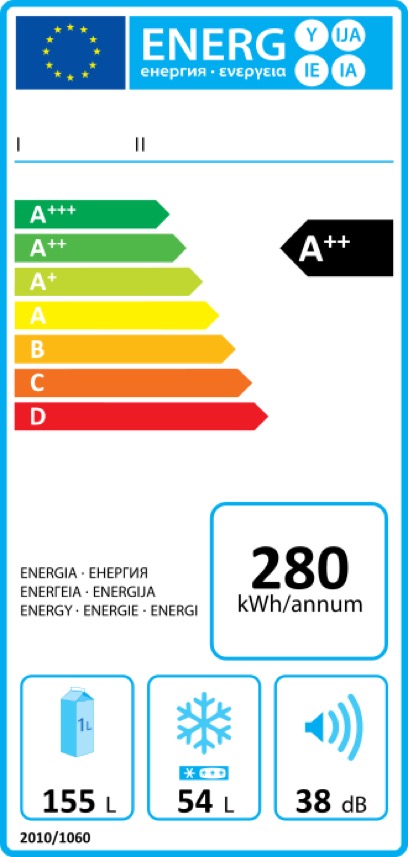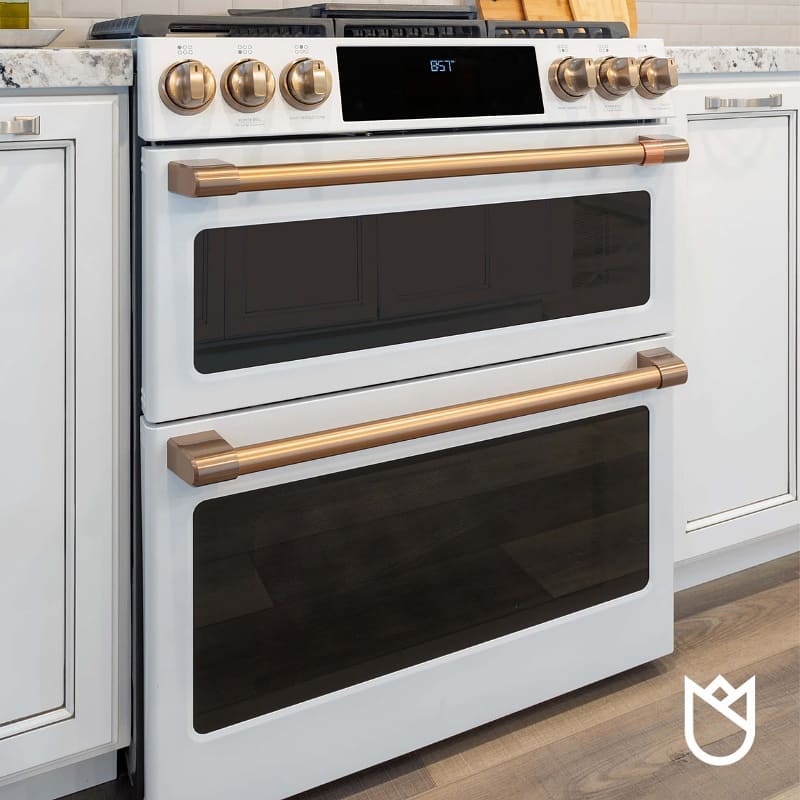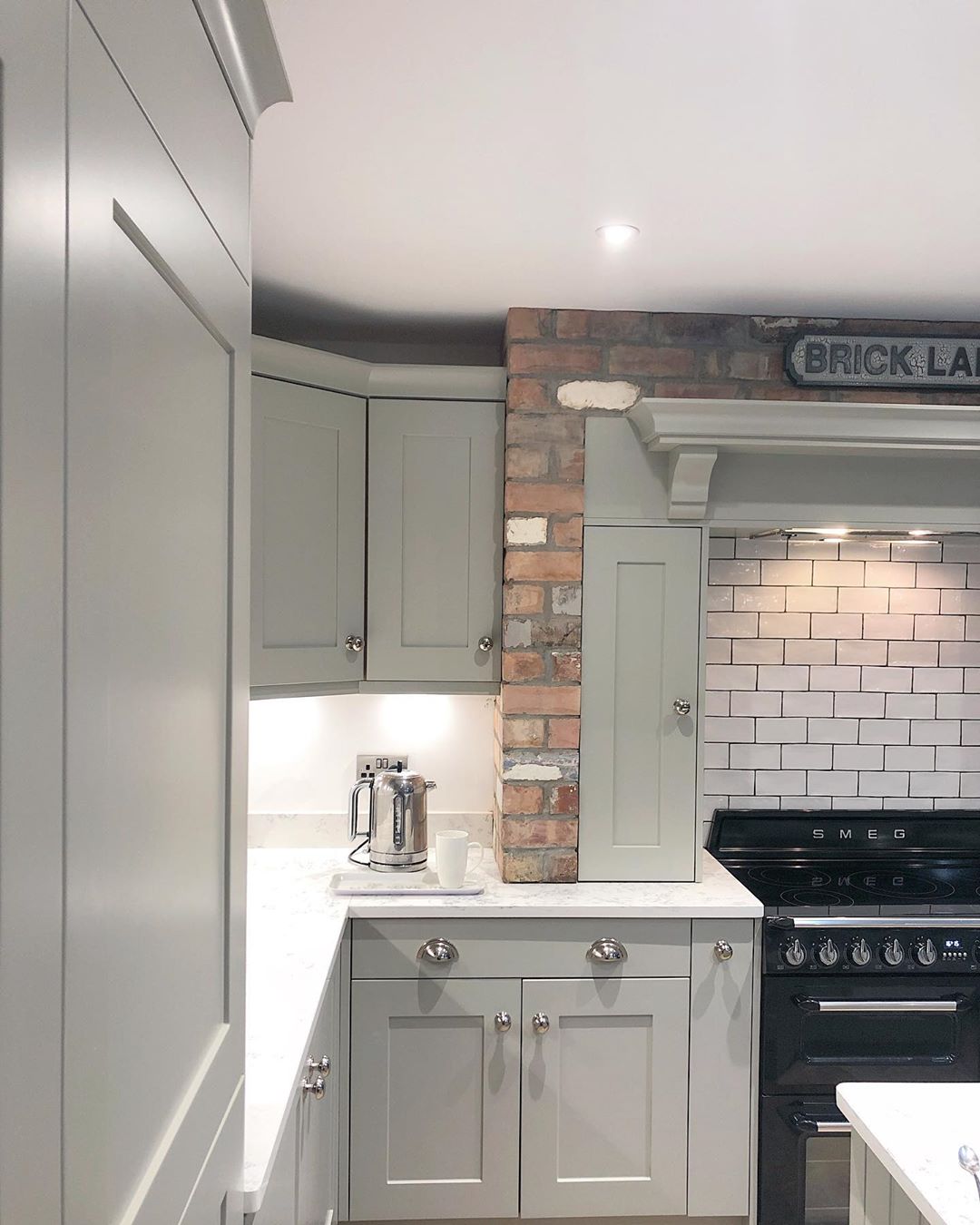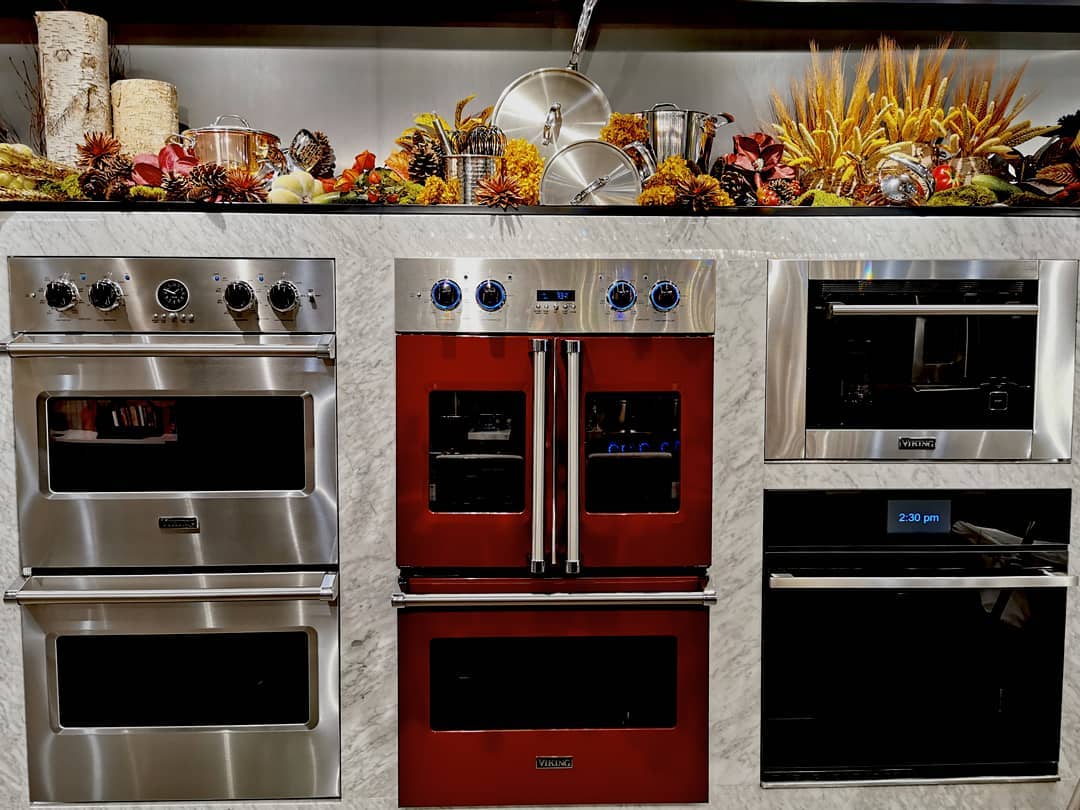Green Appliances: Energy Efficiency Appliance For Your Home
With an ever increasing sense of doom, saving the planet has become an absolute priority for most. This focus translates across to many different industries, but arguably one of the most important is our use of appliances in the home. There are a few other big ones, such as transport, but generally energy use in the household is one of our largest carbon footprints.
The E.U. provides one of the most comprehensive and effective regulations regarding how energy efficient appliances are. Most white goods being sold in the E.U. have to be labeled with an energy rating from A to G, with A of course being the most efficient. Pluses (+, ++, +++) have been introduced to keep up with advancements in efficiency. Its Wiki page shows how clear the label is.

The U.S. may not have quite such a comprehensive regulation over energy labelling, but that doesn’t mean they can’t be found (also, if it is a product made by an E.U. company, their E.U. energy label will likely be detailed on its website.)
Who makes environmentally friendly appliances and who sells them?
Before getting onto brands and sites that make and sell good, efficient products, let’s discuss some good and bad specs more generally.
When choosing a refrigerator, having an ice maker can significantly reduce the energy rating. In fact, over $200 in electricity alone can be saved by not having an ice maker. Furthermore, having a small unit (under 18 cubic ft (0.51 m³)) can save hundreds in electricity.

The same logic applies to laptops, too, with smaller notebooks being much more efficient than PCs and laptops. Keeping old televisions is also environmentally friendly. Not only do new televisions require lots of energy to make, but older units do not require as much energy to run. Furthermore, there is an ethical concern over where they are dumped when thrown out (usually a third world country).
The best way to find specific products that have eco-friendly features is to view their energy rating. For example, Hoover Dynamic, LG and Samsung all offer products with extremely energy efficient features (note that not all the features may be eco-friendly). Kenwood, Electronic Eco and Tefal are all efficient kettle makers. When it comes to fridges, Siemens use recycled plastic in their products, and Vestfrost is an incredibly efficient Danish brand. Samsung also have an extremely efficient ultralight laptop – Samsung seems to be a common theme when finding eco-friendly appliances.

In the E.U., anything with an A++ or A+++ is very impressive and will likely save you money compared to what you’re using currently. These appliances can be found in most stores, although browsing online may be the best way to find a good price. Furthermore, online reviews can be very helpful to see if they’re not just eco-friendly but also durable.
Why is it important to buy energy efficiency appliance with a high rating?
Firstly, an energy efficient appliance is conducive to preventing global warming. The way electricity is generated, whilst preferable to outright fuel consumption, is still not yet generated from renewable sources such as solar and wind farms. This means that burning fossil fuels, changing climates, rising sea levels and so on is still the result of excessive electricity consumption.

Only a handful of appliances can make up half of energy consumption in a household. It is important that individually, these appliances are as efficient as they can be.
Secondly, efficiency saves money. Electricity, wherever you are in the world, costs significant money. Even if you are ahead of the game with generating your own electricity via solar, there is money to be made by selling it back to the grid. Less money to be made, in fact, when you burn through it using inefficient washing machines and such.
Insurance and maintenance
High energy ratings are not the only matter to be concerned with when it comes to household appliances. They will not maintain themselves. As we can gather from above, the initial purchase of the efficient appliances tend to be high, which means replacing or fixing them is also high, relative to replacing a low-cost machine.

Just because they are efficient it does not mean they can maintain themselves. Frequent cleaning and checks (i.e. checking the door seals and pipes) need to be routine in order to ensure the machines last a long time, and any early signs of wear and tear can be quickly identified.
Energy efficient products are still covered in home warranty policies with companies such as 2-10 home warranty. This is great news for those who want to pay a premium each month to ensure their products are fixed or replaced immediately after breaking down. In fact, the value you get out of a home warranty may be more with energy efficient appliances than with old appliances that are not worth as much.

It is not always reasonable to cover super expensive energy efficient appliance if the limit is too low. However, 2-10 have the highest limit coverage in the home warranty industry, with some decent second and third place home warranty companies too. All in all, it is a matter of weighing up risk and reward – and if the reward is a low coverage limit, then it isn’t worth the monthly premiums.






